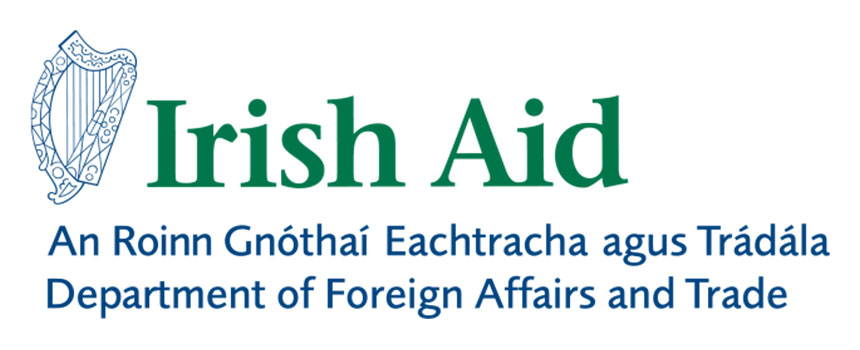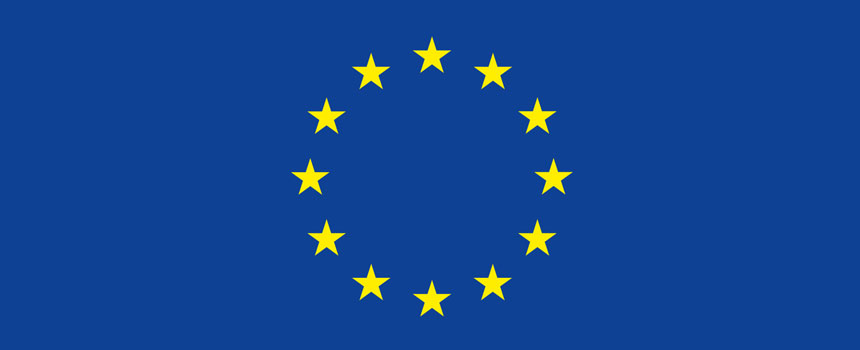Critical Literacy – Thinking About How We Think About Things
December 8th, 2015, Mark Malone
We live in a society and world where injustice and inequality is neither a natural nor accidental occurrence. The implications of this reality for all of us concerned with social justice demands an interrogation of our own assumptions about how power works in our communities, societies and across borders. Without a critical understanding of how and why injustice and inequality is perpetuated, we can at best only treat symptoms rather than the underlying causes. It is from this starting point that critical pedagogy asks us to both think and act.
The video ‘Why Critical Pedagogy’ introduces us to the ideas and work of Paulo Freire and other critical educationalists such as Henry Giroux. Collectively they describe how our formal education systems are akin to factories for children, rather than spaces of neutral knowledge transfer which is how we are encouraged to think about schools. Instead of explicitly developing the critical capacities and agency of students and teachers alike, more often than not, our schools and universities are shaped to suit the demands of ‘the markets.’
One quote from teacher Shirley Steinberg is telling:
“The work we do is dangerous many times. People aren’t happy to see disenfranchised groups raise their voices. They are not interested in hearing people go out… and say ‘I exist and you have to listen to me.’”
In this she touches upon the social power dynamics that lie at the heart of questions of ‘the truth’ and ‘knowledge’. Who gets to define ‘the truth’? Whose truth does our education system systemically represent and whose does it not represent? Critical literacy asks us to specifically address these questions of power. Critical literacy understands that knowledge is socially dependent. In practice, critical pedagogy rejects the notion that students are empty vessels to be ‘filled’ with knowledge held by teachers. Instead students’ capacity is developed in dialogue, conversation and critically engaging with facts. Such processes help encourage conceptual tools central to the examining of power relationships within societies. The traditional boundaries of learner and teacher are challenged.
John Pilger’s piece looks at how mainstream media plays a significant role in (mis)shaping public knowledge and critical understanding of the world around us. The making invisible of injustices reduces the possibility of fighting them, precisely because it reduces our capacity to understand and act. Perhaps pessimistically, Pilger sees the interplay of media communications, social media and traditional media as an echo chamber that leaves out “crucial information that might help us make sense of the world”. This has led us to the development of the corporate state and the roll-back of democracy.
Heather Coffey describes how conceptual tools help in understanding the power dynamics in our lives and societies as well as acting to challenge inequality. In introducing the work of John Dewey, Behrman, and Cervetti and many others, we discover that critical literacy education has a long and rich history and many applications. These vary from engaged reading – being able to critically situate texts within competing value bases that identify inequalities – to the connection of curriculum to action in the outside world that seeks to address injustice.
At the core of all these materials some observations are worth stating clearly. Critical literacy is a deeply humanising process.
It is not simply about knowing more stuff, but about challenging ourselves and others about how we act and relate in the world today. It is about developing social and emotional literacy through a combination of curiosity and care. By positioning ourselves in a long line of social struggles for a more equal society we can see similarities between the past and present. We can begin to articulate visions of our future.
Crucially, critical literacy does not seek to be neutral. As activist and educator Howard Zinn said, “it is impossible to be neutral on a moving train.” As activists we learn very quickly that curiosity and care by themselves, even when shared between ten, a hundred or even a thousand people may not be enough on its own to ensure the eradication of injustices. In these moments we become aware that we must also think about power. Be that the power of our movements to remove certain injustices, or the power of other groups to maintain and reproduce those injustices. By directing our curiosity and care toward action with the people, community and planet around us we begin to ask some of the most important questions possible.


